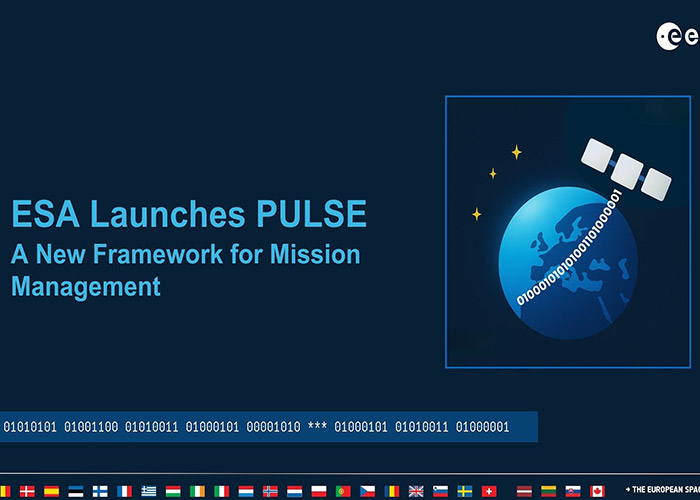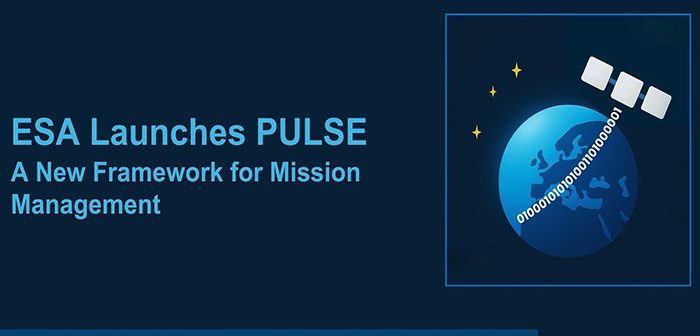
The European Space Agency (ESA) has officially announced Pulse, an initiative developed under the ESA Operations Directorate to enhance operation across the agency’s growing portfolio of missions. PULSE introduces a European, community licensed, royalty-free, multi-mission solution that supports missions from construction (ie. Assembly, Integration and Validation of the spacecraft) until operations phases where missions fly anywhere from low earth orbit to the most remote corners of the solar system. It is designed to streamline mission monitoring and control for ESA and the broader European space sector.
As ESA’s space activities expand in scale and complexity, there is a growing demand for interoperable systems capable of managing information across multiple missions, centres, and partners. Traditional tools, often mission-specific and fragmented, limit situational visibility and collaboration. ESA’s response is Pulse, a mission-independent logic that links operational data, enhances responsiveness, and reduces fragmentation.
Pulse is not a single software product or control system. It is a strategic operational framework that use technologies such as European Ground Segment – Common Core (EGS-CC), streamlining telemetry, event management, information exchange and execution processes. Built on the collective experience of ESA teams, Pulse aims to transform how data flows are interpreted and actioned across missions.
“Pulse is more than a software – it’s a foundational step towards an integrated, agile operational culture within ESA. It empowers teams to coordinate faster, react earlier, and see further. We are proud of what has been achieved and excited about what’s ahead”
said Katarzyna Cichecka, Head of the System and Applications Engineering Division
The solution was shaped through continuous validation and cross-functional collaboration. A milestone user acceptance test was conducted with mission operators and engineering teams from ESA’s European Space Operations Centre (ESOC). Their feedback confirmed significant improvements in coordination, usability, and operational consistency.
From a mission operator’s point of view, Pulse changes how we see and manage monitoring and control activities by expanding and easing automation possibilities
said Juan Pinero, Operations Lead Architect.
The Pulse emblem, which depicts a stylised satellite transmitting a binary code for “ESA” as it orbits Earth, visually reinforces its data-centric mission:
“ESA’s infrastructure has a pulse – and now, we can feel it in real time”.
Pulse will enter operational use as part of the SWARM mission’s migration in 2026. ESA intends for Pulse to become the default synchronisation and coordination layer for future missions. Importantly, it is distributed under the ESA Community Licence – enabling access across the European space ecosystem without commercial constraints.





